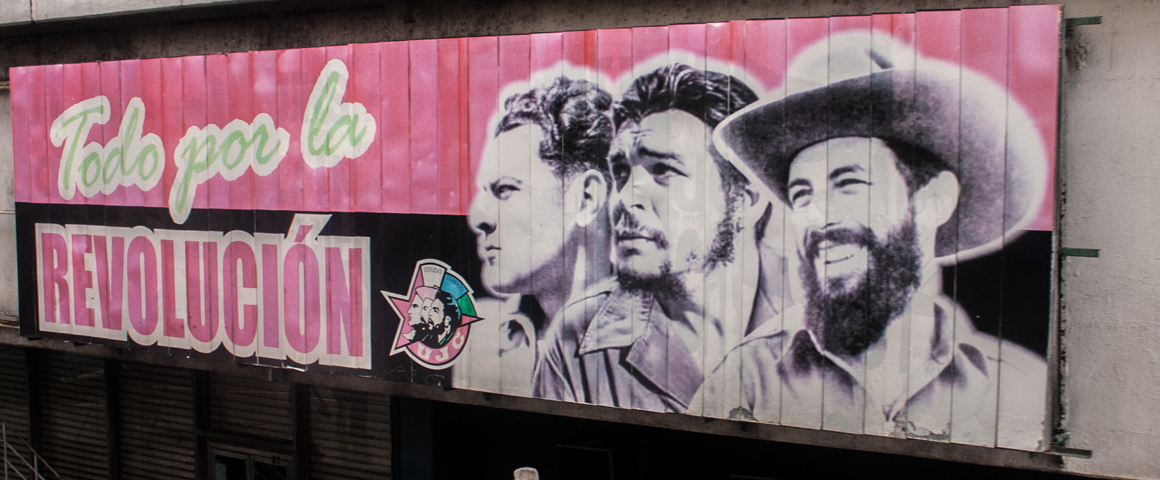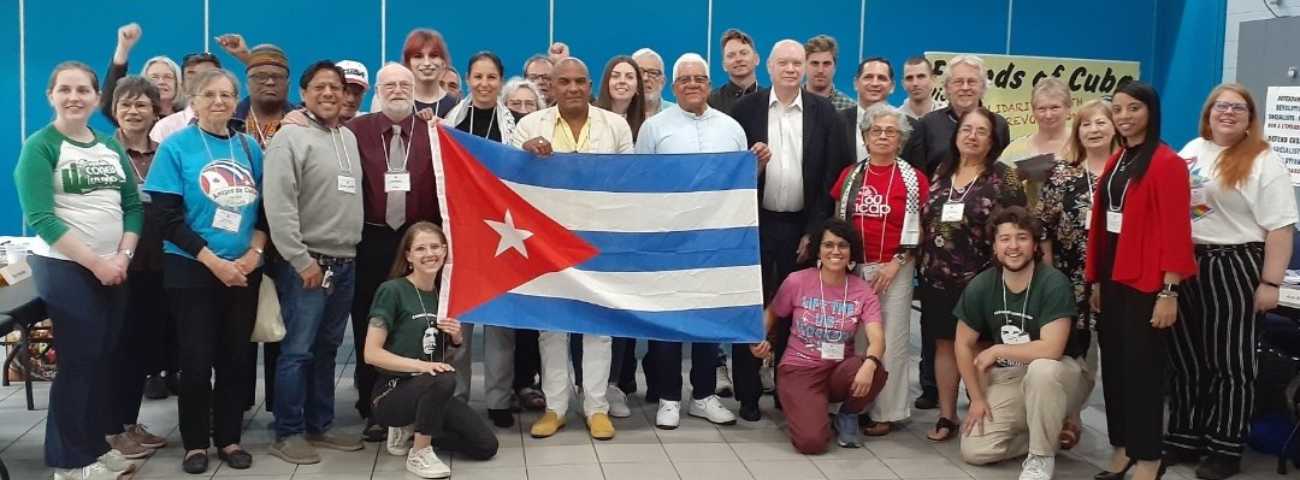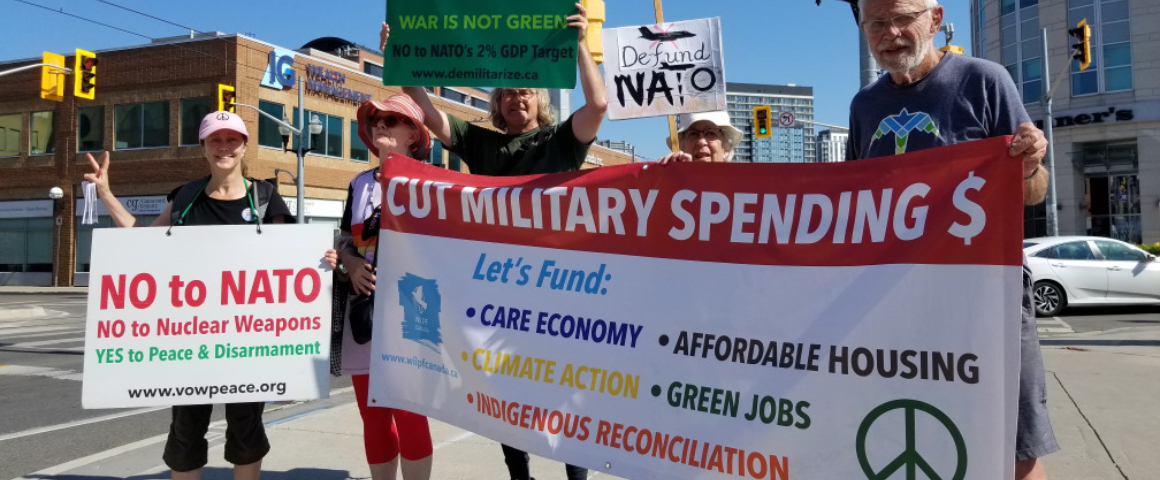Canadian author Arnold August wrote a thorough comparative investigation of the practice of democracy in the US, Venezuela, Bolivia and Ecuador in his book, “Cuba And Its Neighbours – Democracy in Motion”. The main message he gives is that people’s participation in politics and society is an essential element of democracy but it is not part of the US-centric understanding of democracy. August writes, “Democracy as practised in the US is largely non-participatory, static and fixed in time. Cuba, by contrast, is a laboratory where the process of democratization is continually in motion, an ongoing experiment to create new ways for people to participate. ”[1]
During the initial years after 1959, plebiscites would take place in Cuba based on mass gatherings across the country displaying popular will on decisions being made by the revolutionary government. After the consolidation and transformation of the new society more formal consultation with the people has been a tradition (or rather, a political right) throughout the long history of the Revolution.
Since the adoption of Cuban constitution by referendum on 15 February 1976, which was approved by 97.7% of voters, Cubans have had many opportunities of providing popular input on major decisions.
We are just witnessing this kind of participatory democracy in Cuba in a major referendum that is taking place about the country’s future as a revolutionary society. The Cuban newspaper Granma reports that two documents are being submitted to a process of popular consultation across Cuban society. The documents are, “Draft Conceptualization of the Cuban Economic and Social Model”, and the “National Economic and Social Development Plan through 2030”.[2][3]
Let’s remember how Cuba got to this point.
In 2010 Cuba’s leadership conceived updating its economic and social model to modernize its economy based on objective conditions resulting mostly from external factors such as the unrelenting US blockade on the island. The plan was laid out in 291 Economic and Social Policy Guidelines (Lineamientos) that were in turn submitted to popular analysis and discussion.[4]
Over a three-month period (December 2010 through February 2011) Cubans debated the Guidelines in 163,079 meetings with 8,913,838 participants. Some 3,019,471 comments were made, which were grouped in 781,644 areas of opinion. All were analyzed in detail, and as a result, 94 guidelines (32%) were maintained as proposed; 197 were modified or incorporated into others (68%); and 36 new guidelines were added. The resulting 311 were first discussed at the provincial level, and later in Congress sessions by delegates and invited experts. Eighty-six guidelines were modified at that time (28%) and two new ones approved. Thus the definitive 313 Economic and Social Policy Guidelines were written, as a genuine expression of people’s will, reaffirmed with acceptance by the 6th Party Congress of 2011.[5]
This document constituted the guiding plan for the Cuban government during the following five years until the Seventh Congress of the Communist Party of Cuba in April 16-19, 2016 when an evaluation of progress in the updating of the country’s socio-economic model occurred.
The 7th Party Congress of this year discussed six important documents:
- The evaluation of the national economy’s performance during the five year period, 2011-2015
- The progress in the implementation of guidelines
- The updating of the guidelines for 2016-2021
- The conceptualization of Cuba’s socio-economic model of socialist development
- The Economic Development Program through 2030, and
- The evaluation of the implementation status of the First National Conference’s objectives of 2012.[6]
Documents 4 and 5 are both focussed on the vision of the country that Cubans want, and constitute an expression of the nation’s economic and social strategy based on what had been discussed and submitted for consultation to all Party members and the people.
During the 7th Congress of the Communist Party of Cuba, it was agreed that documents 4 and 5 “be submitted to a process of democratic discussions by members of the Party and Young Communist League, representatives of mass organizations and broad sectors of Cuban society.”[2] This is what will be taking place in the next six months in Cuba in a process initiated by the Party of the nation, a single party, but with a deeply democratic character, in order to crystallize a participatory project.
There is no doubt that participation is fully open to all Cubans who are willing to give their opinion. The invitation is based on a broad notion of a sovereign, independent, socialist, democratic, prosperous and sustainable society. No one is excluded. Even opposition to the word “socialist” does not justify self-exclusion.
It has been noted that the documents to be analyzed are complex. That may be the case but their grasp is not beyond that of a population that is well educated and generally experienced in this type of socio-political analyses and debates from a young age.
The expected outcome of this mass participation is improved documents that will be proposed to the Central Committee next December and then voted on and implemented by the National Assembly of People’s Power.
Democracy in a one-party system is always possible when there is honest political will. Democracy is independent of the number of parties in a country. The US may have two parties, but they hardly represent different options.
In a more extreme example, there is the recent case of Brazil where alliances of some of the 29 parties, that have at least one seat in the Chamber of Deputies,[7] orchestrated a parliamentary coup against legitimate president Dilma Rousseff. Political alliances are made between parties without popular consultation with their own voters. Is it a democracy?
In my long-time observation of Cuba I am a witness to an open society that has a strong willingness to strengthen its self-determination in all processes of its decision-making process even at the risk of making errors that may need to be corrected later. It is through this course of action that the Cuban Revolution has made recognized social advances where no one is left to their own fate, unprotected. Cubans have never claimed to have a perfect society, only a perfectible society that needs constant vigilance to retain its ability to design its own destiny. This is hardly a non-democratic desire.
[1] http://www.democracycuba.com
[2] http://en.granma.cu/cuba/2016-06-15/debate-on-cubas-future-underway
[5] http://en.granma.cu/cuba/2016-03-28/party-congress-less-than-a-month-away
[6] http://www.granma.cu/granmad/secciones/1ra-conferencia-pcc/objetivos.html
[7] https://en.wikipedia.org/wiki/List_of_political_parties_in_Brazil




